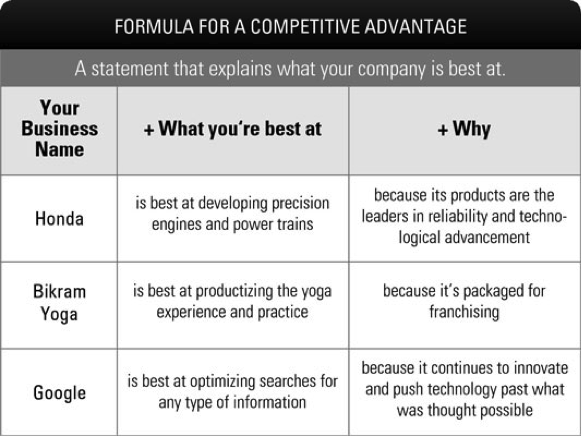It’s inevitable. Companies lose sight of their goals. They forget their initial plans. Feature creep starts setting in. They don’t remember what made them popular in the first place. Pretty soon, they start becoming irrelevant and sales start to plummet.
Sound familiar?
It’s easy now in 2016 to disregard marketing in favour of keeping the status quo or relying on intuition, but they’re principles for a reason. We’ll explain two key business and marketing principles and how they can apply to your business in 2016.
Price Elasticity
The name sounds almost comical (like a sack of cash on a trampoline or something), but not knowing the price elasticity for what you’re selling could have some serious consequences.
Basically, price elasticity is the measure of how much your sales change when you change the price. It’s a measure of how much people are (generally) willing to pay for your product or service compared to paying for your competitors.
We hate math as much as you so we’ll keep it simple. Divide the number of units sold by the change in price to get your price elasticity.
If you have a 10% sale on all of Product A, and the number of units sold increases by 20% during that period, your price elasticity is 2 (20% divided by 10%) If you raise your prices by 5% and your sales drops by 50%, your price elasticity is 4 (50% divided by 5%)
The higher the number, the more elastic your product is. Discounts will definitely boost your sales, but price increases will turn more people away. Generally speaking, it is a BAD thing to be price elastic because it means your product is easily replaced.
Ideally, you want your product to be price inelastic, because that means people don’t really care if your price goes up or down. Think about the price of jewelry or luxury cars. If the price of a Porsche increases by 10%, it probably won’t make much of a dent in their sales. Those with the money and desire to buy a Porsche can probably afford it.
What does this mean in 2016?
The elasticity of your products is just as important now as it was in the past. It may actually be MORE important, because people can easily search up your competitors on Google if they’re looking for an alternative. With technology the way it is, we expect most products have become more elastic, since it’s so easy for people to shop around.
Competitive Advantage
Be honest with me for a second. What makes your product better than your competitor down the street? What compelling reason do you have for me to buy your gadget? Don’t worry, we won’t tell anyone.
Can’t think of anything? Not a good sign. Ideally, you should be able to think up your competitive advantage in 30 seconds or less.
In theory, every business should have some reason they’re better than everything else. Your competitive advantage is the reason why you are in business. The harder it is for your competitors to steal your competitive advantage, the stronger it is. The stronger it is, the more you can charge for your product. Basically, it becomes more price inelastic (remember that concept?)
This chart from Dummies.com explains some of the competitive advantages for a few major companies.
What does this mean in 2016?
Companies need to constantly evaluate whether or not their competitive advantage is sustainable. It is very difficult (and expensive) to have a completely watertight competitive advantage, which makes it so important to constantly research and survey your competitors.


